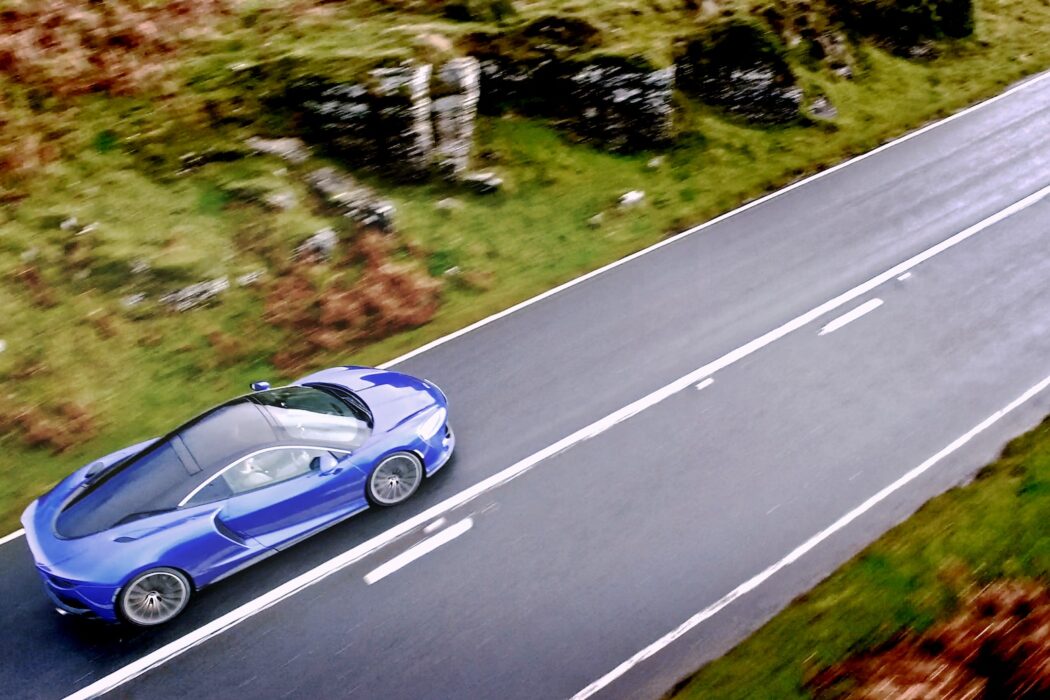It’s been six years since we last drove a McLaren away from the MTS in Woking. It was a 650S with pearl white metallic elite paintwork and carbon black alcantara interior. That’s light years for McLaren. It’s the time difference equivalent of the Neptunes and Miles Davis. They’re one of the first Supercar brands we worked with, and they left a rather lasting impression. So much so that we decided we had to take the new Mclaren GT back to where it all began, with a much larger film crew in tow.
The 650S weighed in at 1.42 tons. The McLaren GT weighs in at 1.530 tons with the 765LT being the lightest to date and an altogether different beast than we came here to discuss. Mike Flewitt, McLaren’s automotive chief executive officer often says, “I passionately believe that weight is the enemy of sports cars.” It’s been evidently critical to McLaren’s thinking since their inception. If the addition of electrification and hybridisation didn’t mean significant weight increases, I think McLaren’s 2025 preliminary target for the release of its first electric marque would have been surpassed already. God knows they’ve got the technological prowess. So, to see how this fervently British car brand approaches a GT should be something to behold.
I arrived at a rather austere-looking warehouse in Woking on a sunny Friday morning. Oddly, the car park and warehouse was lined with more McLaren hardware than I have ever seen at the MTC. It seemed inappropriate to spend too long gawping at other owners marques, though. Not to mention under Covid protocols we didn’t want to outstay our bubble’s welcome – really, only long enough to really appreciate Maurizio’s classic Fiat, but that’s another story. As the press fleet manager– and therefore a respected team engineer – the last time I saw Maurizio was when he was talking me through the finer details of the 650S all those years ago. We’re coming full circle.
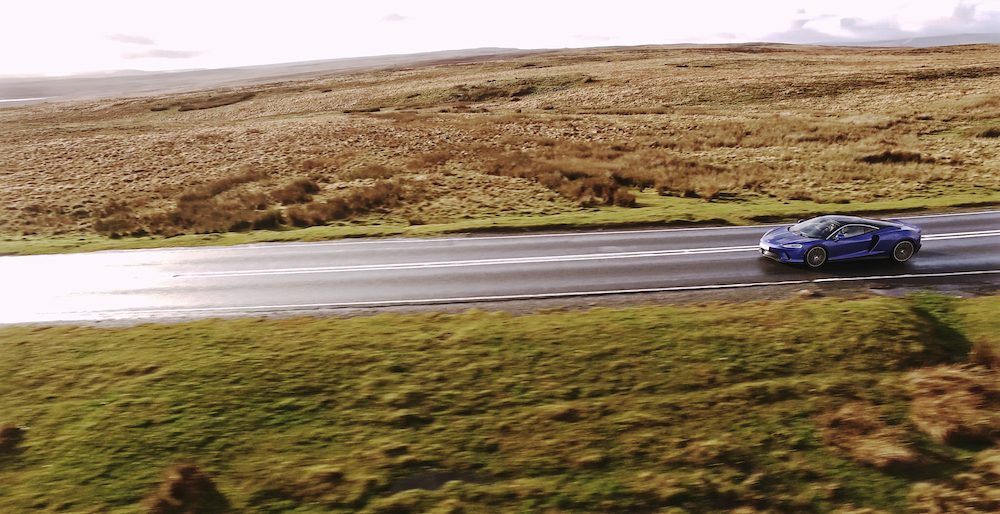
First impressions: Kyranos Blue is an incredibly strong choice. A strong tip of the cap to Chloe. As we know, the GT’s exterior lines follow a markedly similar theme to the Speedtail. At almost 4.7 meters, the GT is longer than any other marques in the Sports and Super Series range. Given I had spent the previous week testing the new 5.4 metre Ghost and my daily driver is 4.8 metres, the GT was going to feel relatively normal. The GT is a decidedly more refined model, so some of the more aggressive characteristics McLaren features have been softened. It doesn’t have the maniacal 720s headlights or the nuclear reactor grade inconel and titanium exhaust from the Senna. No, the GT is an altogether more composed affair. Not that it wont turn heads, of course. It is achingly beautiful by any car aficionados standard. Drop a velvet curtain around it, have it point its high beams at a cherub and you’ve got yourself a renaissance painting. This is a model that’s absolutely going to be at home in Portofino or Gstaad, without a doubt. Given the continued lockdown, though, we were going to have to put the GT through its paces in more humble surroundings.
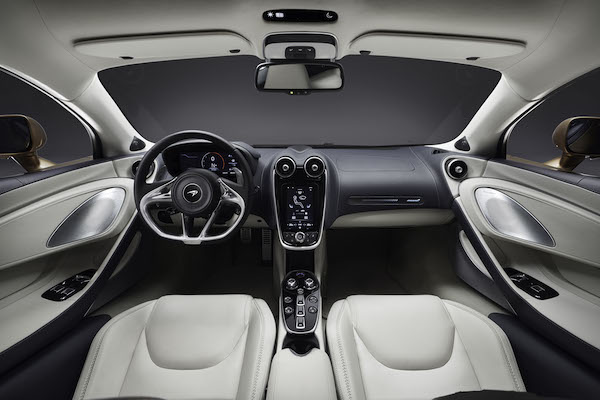
We kicked off our test drive by taking it to the set of a shoot with Cambridge Audio. Though there wasn’t really any reason to drive the Discovery and the GT, my late grandmother used to say, “It’s better to arrive overdressed than underdressed”. The McLaren GT is incredibly well-dressed. The front splitter, rear spoiler, aero blades and rear carbon fibre deck are incredibly well styled. If that isn’t enough, simply arrive at your destination and exit the GT. You will never tire of opening those McLaren dihedral doors – to this day, they are still one of my favourite design elements from the 650S. Head turning is, of course, abundant in a McLaren, and for a moment, we were close to opening the studio shutters and driving the GT into the set for a serious close up.
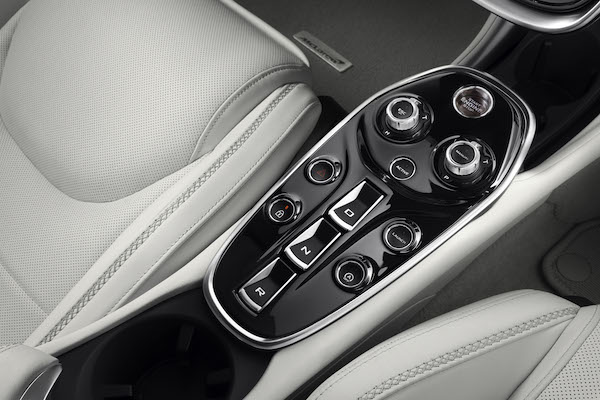
As a sidestep to previous form, I drove the McLaren back to base in perhaps the most serene manner I’ve ever wielded a bonafide supercar. With the small exception of slowing for some mutual appreciation for a BMW E30 M3 on the M4. I don’t think the rather mature gentleman expected a 620ps 4.0-liter, twin-turbocharged V8 engine with that much veracity. The GT is easily capable of nailing 62mph from a standing start in 3.1sec and, as you might expect, it will remain hungry for tarmac all the way up to 203mph. But despite the brief return to my usual driving style, the return leg was an incredibly relaxed affair.
I will say this, though: the seat adjustment button placement had me on all fours at one point, trying to take a snapshot of the panel. I suspect there are many who would put this down to ‘driver error’. I know a modern GT should come with more adjustment options than you can shake a stick at, but I honestly would have been more comfortable with a manual plate. Once situated, though, it was all fairly straightforward.
Now, you’re going to spend many miles in the cabin, so what does the GT have in store for you. Well, first, you’re working with a two seater setup, and that V8 is mid-engined. It’s been well-paired with a seven-speed transmission that will give you 465 lb-ft of torque. Given the engine placement inside the cabin, you’re sat next to the full orchestra in many respects. Though it’s a well-refined engine note that isn’t going to deafen you, unless you want it to – and yes, that aria is going to change based on your driving mode. In order to maintain their unflinching dedication to a Monocoque setup with the engine mid-mounted, McLaren have had to pull in what the engineering world might well consider its biggest guns. To ensure the engine bay wouldn’t rise over 40c, McLaren used a NASA-developed super-fabric to cover the rear luggage area. Zero compromise, as always. Whilst I might not be slotting a golf bag into my 570 litres of luggage space anytime soon, I would certainly like to see how a pair of Dynastar skis would fare. Though I do still like to suction cup them to the rear of a vehicle and the GT has that incredible hatch, so decisions-decisions. I can see the GT pulling up to Castle Cles in Trentino and then onto the Dolomites any day now. Roll on 2021.
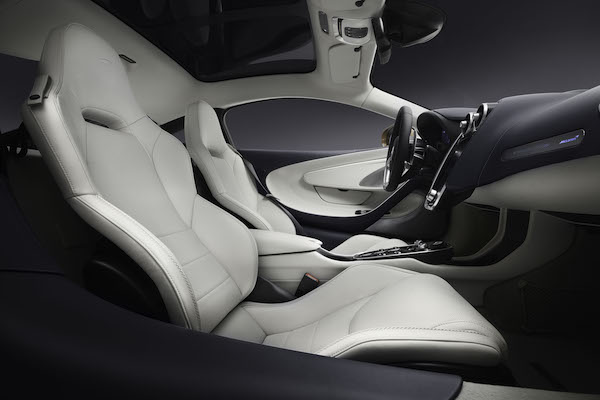
Ultimately the GT benefits from a sizeable lofty glass roof that has an electrochromatic feature that allows it to switch through varying levels of transparency. It’s a minimalist place to be that boasts microfibre and cashmere linings to name but a few. The GT’s typical 7.0 inch portrait oriented central touchscreen is as intuitive as anything I have used and the integration of a 12-speaker Bowers & Wilkins sound system is a triumph. Not to mention the carbon Kevlar mid-range drive units and sub-bass woofers.
So, the burning question: what is it like to drive? It’s war in seven gears, that much I am sure of. The McLaren GT’s performance is best in class. Mike Flewitt, McLaren CEO said, “It is a car designed for distance and one that will also provide the comfort and space expected of a grand tourer, but with a level of agility never experienced before in this segment. It will also be the lightest of grand tourers and, by having the best power-to-weight ratio, I promise it will be one of the quickest.”
And he’s not wrong. At around 65mph, it keeps on pulling for all it’s worth, it is totally relentless. The handling is almost perfectly balanced thanks to that mid engine layout and it handles with a sense of real engagement thanks to the continued use of hydraulic steering and not EPAS in my humble opinion.
So, is the McLaren a GT in the traditional sense? Not really. McLaren’s take on the traditional GT feels more significant, more distinctive, as with everything they do. It’s a hybrid approach to what a modern GT is under the McLaren banner. As the manufacturer has thankfully confirmed it has no plans to jump on the SUV bandwagon, I give you an entirely plausible McLaren daily driver. Whether you want it waiting on the tarmac for your arrival, crushing miles home to home, or you opt to spec more than one and place them across several properties, the GT is a true ascendency.

